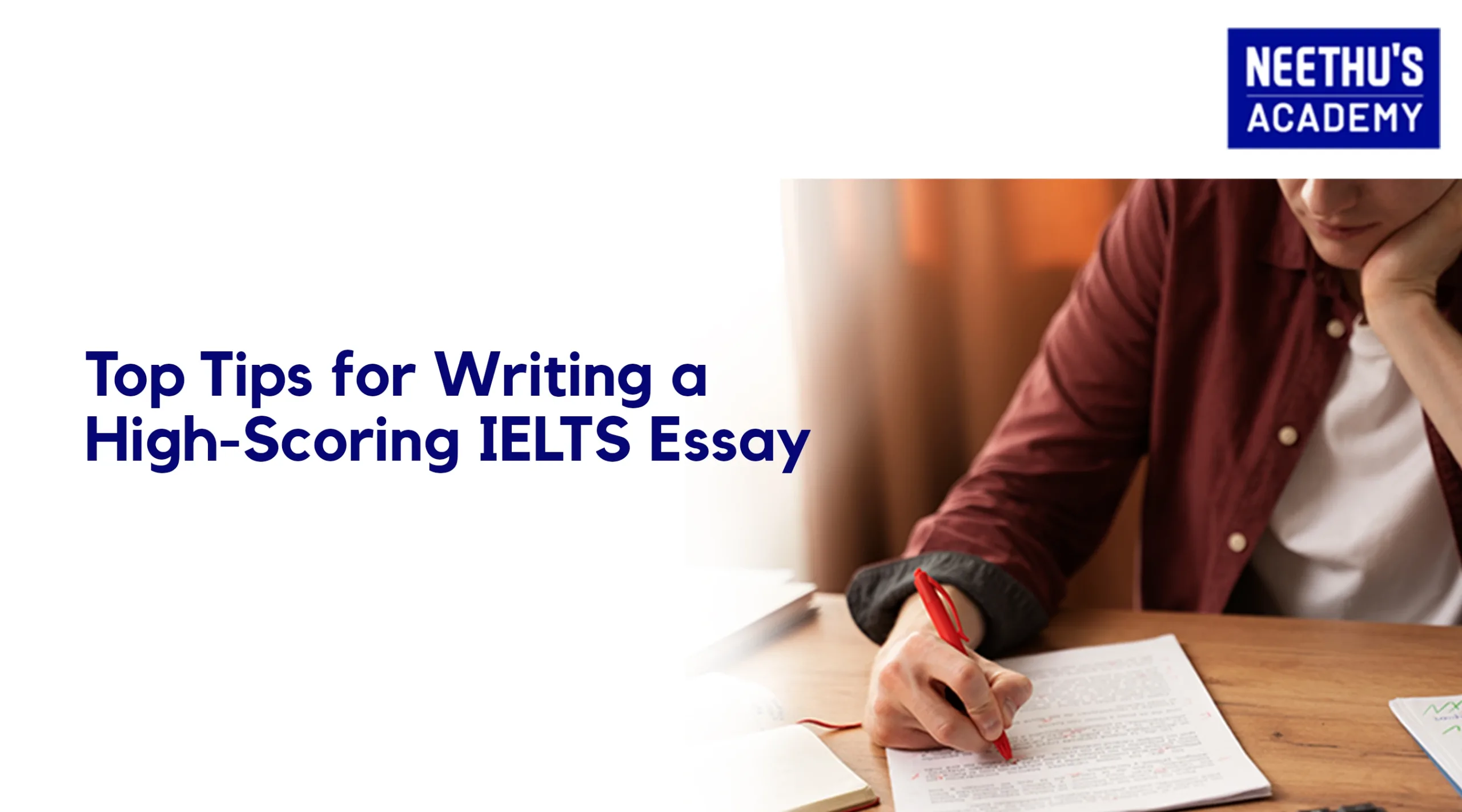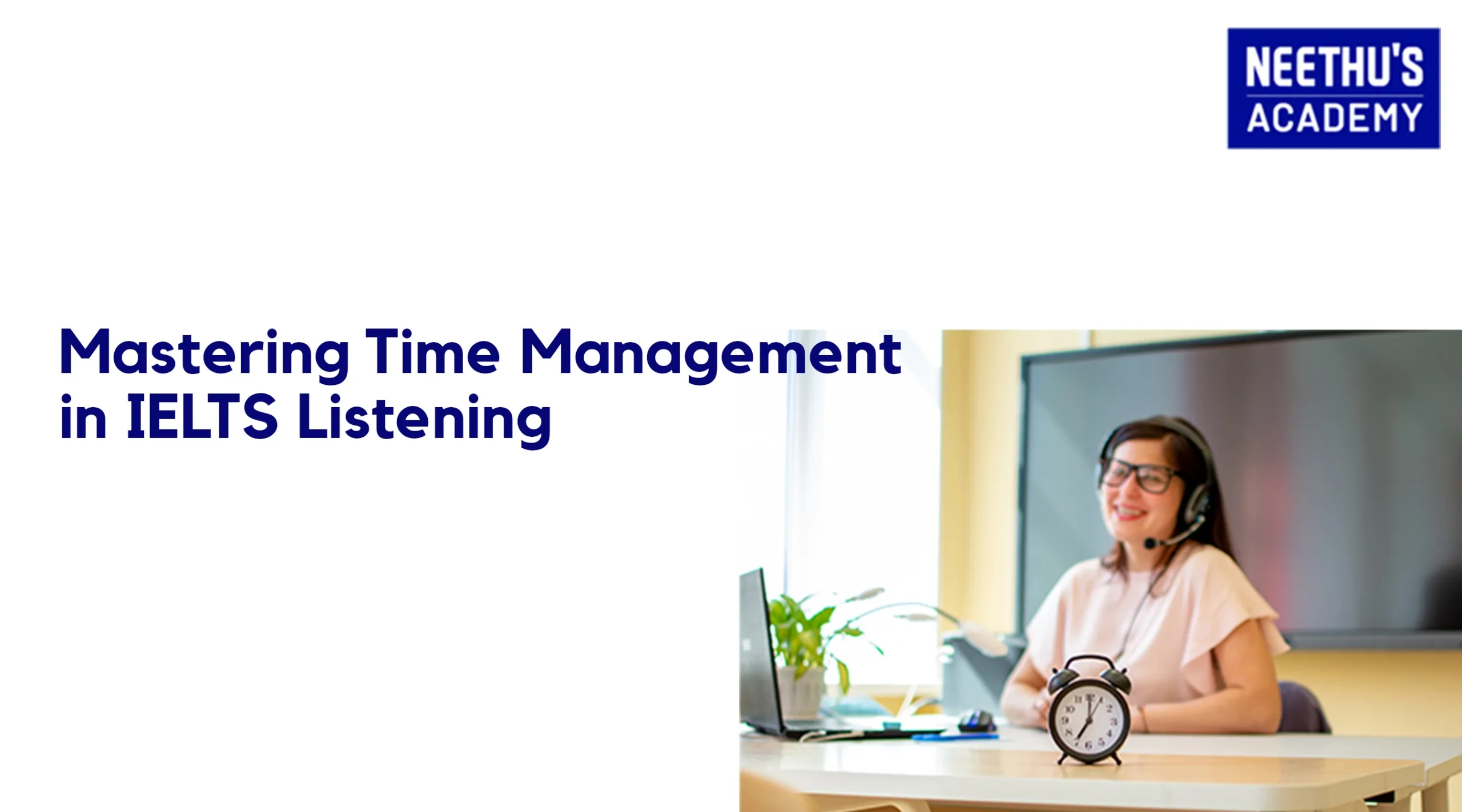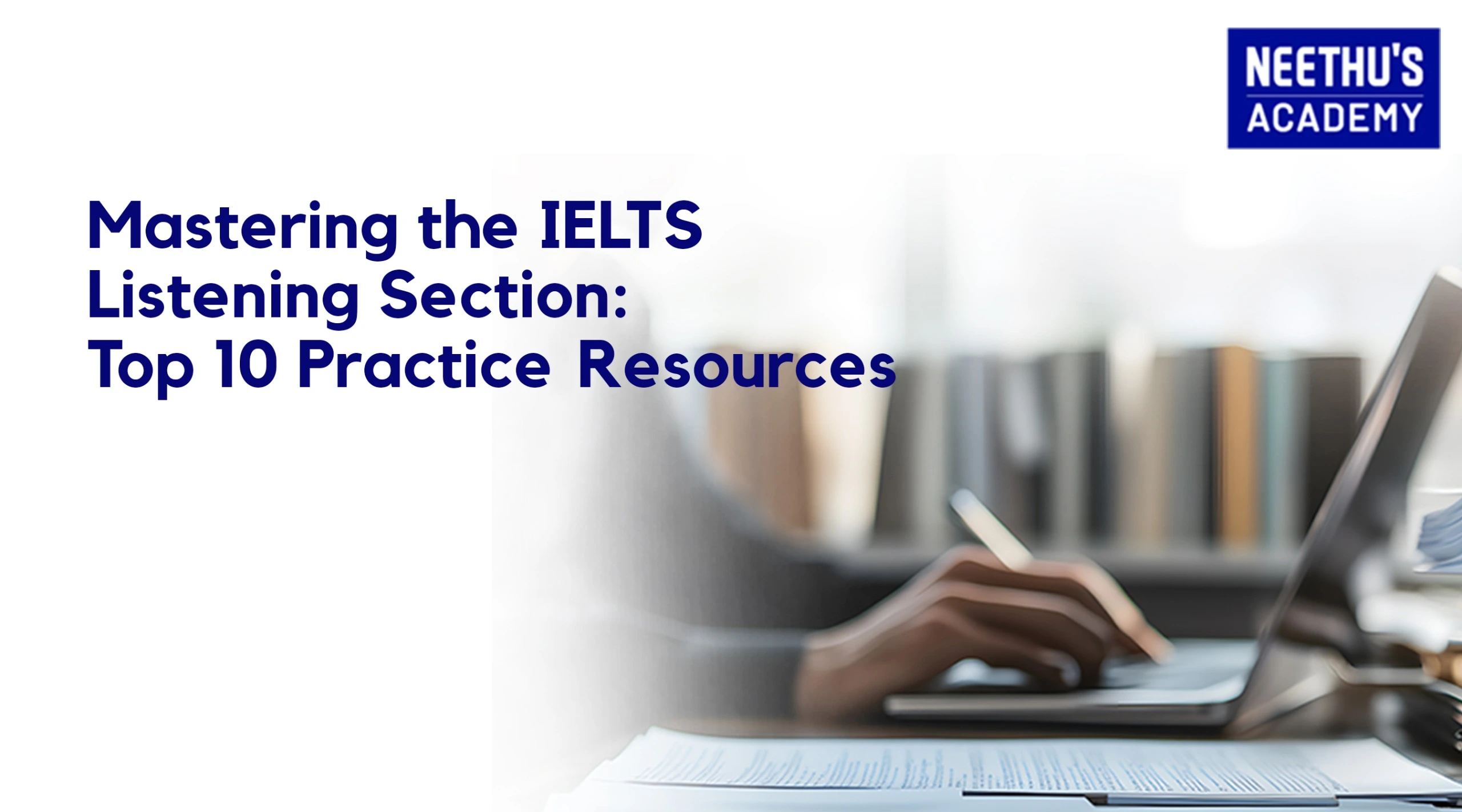IELTS Exam Pattern & Syllabus
The International English Language Testing System, or IELTS, is a commonly recognized exam used to assess the language proficiency of non-native English speakers.
It is a requirement for anyone who wishes to study, work, or immigrate to countries where English is the primary language since it provides a standard evaluation of language ability. The test measures applicants’ ability to apply their English language abilities in practical contexts in addition to their language competency.
This guide explores the complete syllabus of IELTS, exam patterns, and expert insights to help you prepare effectively. Let’s dive in!
Types of IELTS Exams
IELTS gives you the opportunity to choose your exam according to your needs and requirements.
The IELTS exam is available in two versions:
1. IELTS Academic
If you want to study in any English-speaking country, then this version will be best for you. This test tells you whether you are ready to start studying in English or not. This mostly contains vocabulary for an academic setting. After clearing this test, you can apply for higher education and universities, as well as apply for professional registration.
2. IELTS General Training
The ideal candidates for this test are those who wish to relocate to an English-speaking nation.
This test is ideal for you, even if your goal is to study or train abroad at a lower degree level. This exam measures the vocabulary you use in everyday English, social situations, and the workplace. This exam is administered for immigration, college study, and training purposes.
IELTS Exam Pattern
Listening Section
Format
There are four recordings in the listening part that show various situations, including dialogues, monologues, and conversations. Examinees are required to respond to a range of question types, such as matching, completion, and multiple-choice questions.
To do well in this section, you should be comfortable with accents. It is best to take notes, and engage in active listening. Listen to English-language lectures, radio programs, or podcasts.
Reading Section
Academic
There are 3 sub-sections in the reading section of the academic version. For each section, a reading passage is given that has different tasks, like a question-answer wager. All topics are general. The text is written in the format of illustrations, diagrams and graphs. This text is taken from different sources, like newspapers, journals, and books.
General
It contains 5 to 6 texts of different lengths, along with tasks like question answers, etc. Its first sub-section contains short texts based on the daily topic.
The second sub-section contains factual and work-related text, and the third has longer text, usually related to a topic of general interest. The text is taken from official documents, newspapers, books, ads, and organizational handbooks.
Strategies
To pass this section, you should practice skimming and scanning skills for reading. To increase your reading speed, practice reading complicated literature and comprehending its meaning.
Writing Section
The writing section usually has Task 1 and Task 2.
Task 1
Academic Task 1 involves summarizing visual representations. The examiner checks your introduction, overview, and main points. General Task 1 requires composing a letter outlining the circumstances or asking for information.
Task 2
In Academic Task 2, a problem is given. You have to agree or disagree with it and explain your point of view. Sometimes, you are also asked to discuss the opposing view. General Task 2 requires composing an essay answering an issue, argument, or point of view.
Speaking Section
There are three parts in this section.
- Part 1: In this case, the examiner tries to learn about you. You are asked general questions related to your family, work, home, and hobbies.
- Part 2: In this case, the examiner asks you about a topic. You are given a card on which it is written what you have to say related to this topic. You are given a pencil and paper for 1 minute of preparation. You are given 2 minutes to speak on the topic.
- Part 3: In this case, the examiner calls for a more in-depth conversation with follow-up questions about the topic of Part 2.
Also Read: A Complete Guide on How to Book IELTS Exam
IELTS Syllabus
Here’s a snapshot of the syllabus of IELTS:
1. Listening Syllabus
The IELTS Listening syllabus includes spoken English comprehension in educational, social, and environmental situations. There are multiple-choice, matching, labeling, sentence completion, and summary completion questions in it.
2. Reading Syllabus
People who would like to move to an English-speaking country are the best candidates for this test. Even if your objective is to study or train at a lower degree level overseas, this test is perfect for you.
The vocabulary you use in social settings, the workplace, and everyday English is measured on this exam. This test is given for training, college study, and immigration purposes.
3. Writing Syllabus
This includes summarizing information and expressing opinions in essays for academic writing and letter writing, followed by essay composition for general writing. Questions include voicing ideas, outlining benefits and drawbacks, offering solutions, answering two-part questions, and arguing both sides.
4. Speaking Syllabus
The syllabus for IELTS includes three sections, which evaluate oral communication and fluency. Questions are based on self-introduction and general subjects, speaking for two minutes on a specific topic, and discussing abstract ideas.
Apart from thoroughly going through the IELTS syllabus and pattern, make sure you also follow a strategic approach and follow expert tips to ensure effective preparation.
Preparation Tips
Here are some tips for effectively preparing for the IELTS exam:
- Recognize the Syllabus and Exam Pattern: Become familiar with the IELTS syllabus and pattern to ensure you understand the structure and types of questions in each section.
- Study Resources: Practice exams, official IELTS materials, and online course enrollment are all recommended.
- Focus on Time Management: To efficiently manage the exam’s duration, practice in a timed environment. To raise your game, ask peers or tutors for comments.
- Practice Frequently: To replicate exam conditions, use the official IELTS practice resources. This will enhance your time management abilities and help you become used to the kinds of inquiries that are asked.
- Seek Feedback: Consult instructors or tutors for their opinions on your speaking performances and practice exams. Make use of this feedback to pinpoint areas that need improvement.
- Be Confident: On test day, keep your cool and be confident. Trust your preparation and your practiced methods.
Also Read: OET vs IELTS: Similarities & Differences
Final Words
It takes serious preparation in addition to a thorough understanding of the format and content of the IELTS exam to pass. You can enhance your abilities and raise your chances of passing the IELTS exam by paying attention to the above-mentioned recommendations and using the resources and guidance provided in this post.
It’s possible to face the IELTS exam with confidence and get the score you want with careful work and planned preparation.
Good luck!
Frequently Asked Questions




